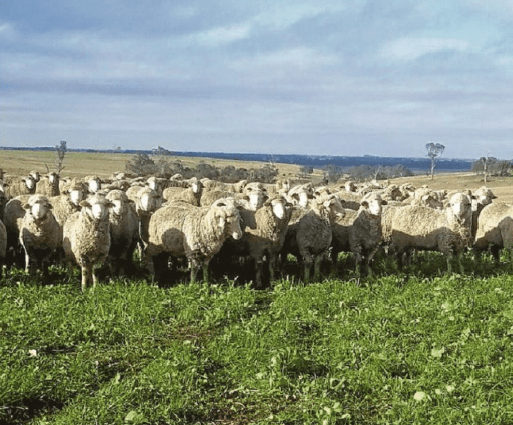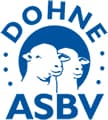Bringing wool cut and chops
Stock & Land – Spotlight on Dohnes Feature
“The Dohnes do better, and are easier to look after.”
TIM Buxton is a dedicated wool grower.
However, the changing market conditions for wool and meat has resulted in a change of breeding objectives for the Buxton family.
But when they decided to look for a dual purpose sheep that would produce a good carcase while still growing a terrific fleece, they found that you can’t go past Dohnes.
Mr Buxton and his brother John, Buxton Ag. run a sheep property near Stratford.
The lifelong Merino growers also run beef cattle at Bundalaguah.
But after decades of breeding Merinos, the brothers decided to dabble with Dohnes in 2013.
“We were looking for a dual purpose breed,” Mr Buxton said. “We liked that the Dohnes produced an apparel wool, they are self-replacing and the rams can be selected with the aid of objective measurement.”
After running a small number of Dohnes, the Buxton family decided to build their numbers.
They bought Dohne rams to join with Merino ewes, but still continued to use some Merino rams to guard against a loss of wool quality and quantity.
They found in the beginning that the Dohne wool did not compare to Merino wool, but things have changed.
“Dohne breeders have done a lot over the years to improve wool quality.”
The fleece wool from their grown sheep ranges from 18.5 to just below 19 micron. The young sheep are in the 16 to 17-rnicron range.
“Our wool cut or yield hasn’t dropped since using Dohnes, and the wool is typed by the Australian Wool Exchange as Merino wool.” Mr Buxton said the adult sheep fleeces weighed around 4.5 kilograms.
Their shearing is split with ewes shorn in autumn and their wethers and wether lambs shorn in September.
“We have found that the younger Dohne sheep cut more wool than the Merinos did,” he said. “Dohnes also have less face cover.”
The Buxton family has now decided to convert their entire flock to Dohne, buying rams from two studs.
“There is just something about them.” he said. “The Dohnes do better, and are easier to look after. Being plain-bodied helps doability and reproduction.”
Through culling poor performing mothers and drafting ewes into mobs depending on what they were carrying at scanning, the Buxtons have worked on improving their lambing percentages.
But the addition of Dohne genetics has further boosted their percentages to around I05 per cent, and they found the ewes were more possessive of their lambs.
Dohnes have given the Buxtons another income stream from their ability to sell the wether lambs for slaughter.
By running the Dohne wether lambs on annual ryegrass, brassica or legume crops, they are getting lambs that average 23 to 24kg carcase weight.
The Buxton family keeps replacement ewes, while surplus ewes and wethers are sold over the hook.
“Dohnes just do better, and they are easier to run,” he said. “They gain weight faster-you put green feed in front of them and they grow. It took the drought for me to realise how good they were.”











 Facebook
Facebook YouTube
YouTube Instagram
Instagram